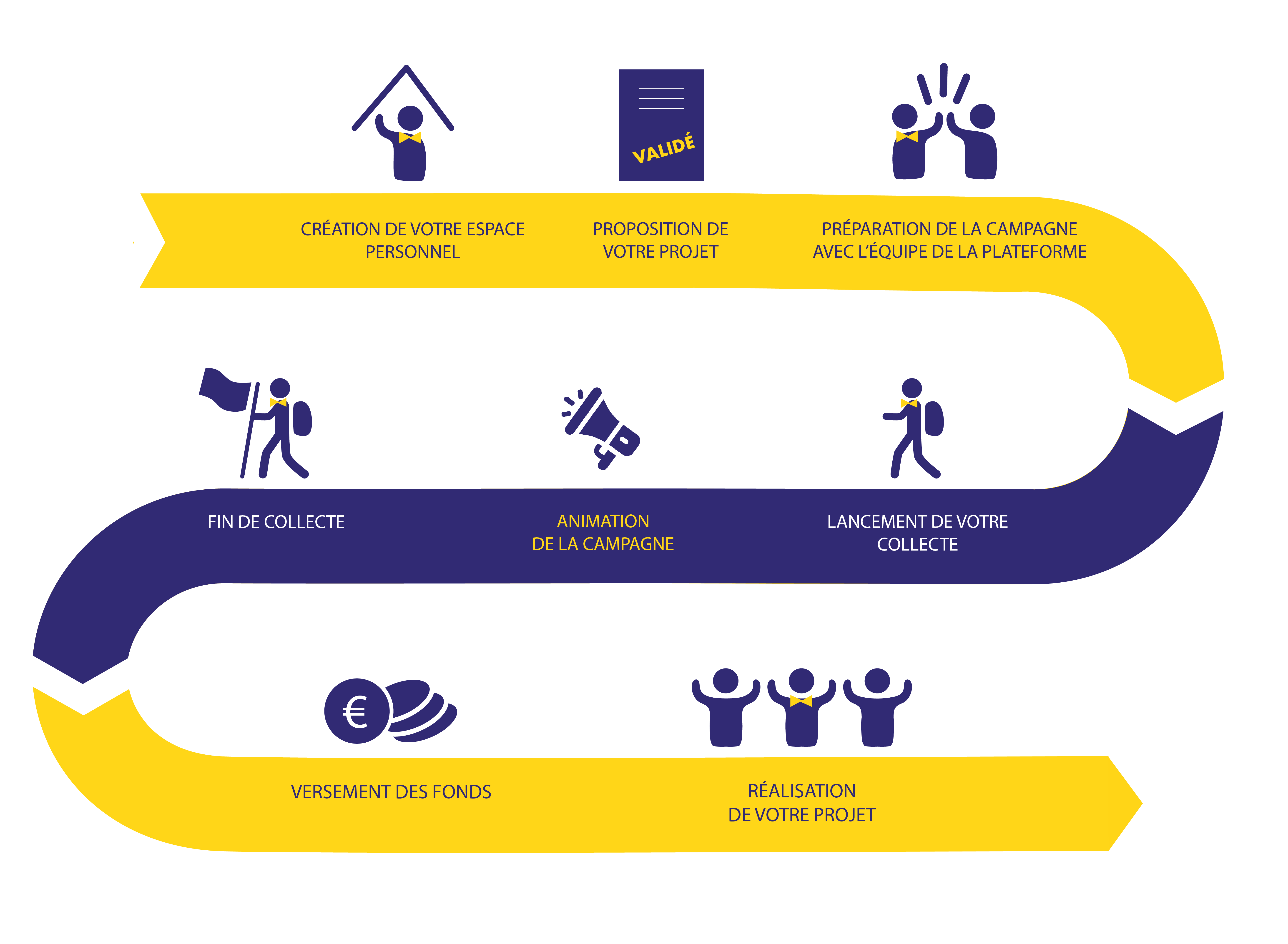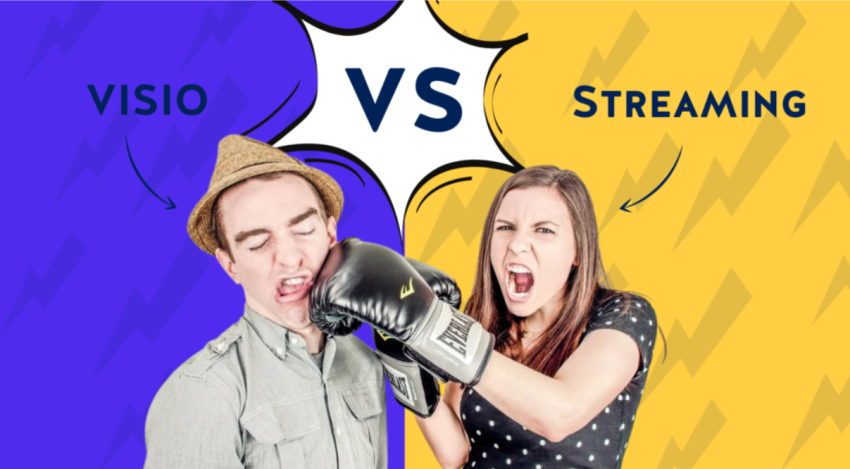

Finding funding for a project is an essential step in its successful realization. The role of digital technology in French educational institutions has clearly evolved in the right direction due to the health crisis. However, there is still significant room for improvement. In a report from May 2020 based on the TALIS survey, the OECD assessed the level of preparedness of teachers in the face of this crisis. This report shows that only 45% of French secondary school teachers declared themselves capable of teaching with digital tools. This contrasts with the OECD average of 67%, placing France among the three lowest-performing countries surveyed. France was lagging behind in its digitalization efforts, and the "surprise" effect of the crisis along with the forced adoption of digital tools could explain these figures.
Today, teachers are often more comfortable with digital technology and are even seeking technologies that can meet the need to hybridize education. To equip themselves with the right digital tools, it's necessary to secure funding for your projects. In this article, we provide you with some key avenues for financing your digital projects as an educational institution. The good news is that there are numerous funding sources available.
Before diving into the details, here's a brief reminder of how to make purchases through innovative procurement methods for public institutions.
Innovative procurement is a relatively new way to acquire materials for your educational projects. This approach is relatively unknown but certainly deserves attention. Innovative procurement was introduced by Decree No. 2021-1634 of December 13, 2021. You no longer necessarily need to go through UGAP (a public procurement agency) or a public tender process!
The concept of innovative procurement allows public institutions to directly purchase from innovative companies, up to 100,000 euros worth of equipment. The main advantage is that you don't need to go through a tender process or competition. Typically, when a public institution seeks to acquire equipment, these two steps are mandatory. The competition involves obtaining at least three different quotes before proceeding with the purchase. To learn more about innovative procurement, click here.
This mechanism allows you, for instance, to easily purchase one or more of our Kast camera-switcher systems.
Responding to a call for proposals is the primary way to finance all or part of a project. It's not always straightforward as these calls are often scattered across different platforms. For example, the Ministry of National Education, Youth, and Sports offers a compilation of various calls for proposals.
A call for proposals grants candidates a certain freedom while outlining a specific issue and general framework. Indeed, the expected solution is not yet defined. It can also be referred to as a call for expressions of interest (EOI). A call for proposals can be regional, national, or even European in scope.
Hence, a call for proposals involves an element of research and development for candidates. They are required to reflect on the issue and build their project around it. It's possible to apply in collaboration with other private or public organizations.
The call for proposals corresponds to a mechanism put in place by a funding body to provide a grant. It can be issued by public authorities, institutional organizations, or private funders. Applicants for this form of funding will present their project. This project must naturally fit within the framework and issue defined by the funding body. The content of the project is typically freely determined by the applicants.
Funding for your digital educational project can also come at the European level. These are substantial amounts often involving collaboration with international partners. You can find various European funding opportunities in the education field here.
To illustrate this, we asked one of our clients, the Faculty of Trades at the Hotel School of Cannes, to share their experience. In 2016, this public institution responded to a European call for proposals, Interreg Alcotra, with the IMPACT project. This type of project funds the structuring and collaboration between Mediterranean countries that are EU members.
It was an open call for proposals (with freedom regarding content and implementation) with two mandatory eligibility conditions:
Please note: This type of project demands significant time and investment, both financially and in terms of personnel. It's therefore recommended to have a project manager dedicated 100% to your project.
"The most challenging aspect for me is achieving cross-functional collaboration. This challenge exists within our institution and also extends to our partners. The most significant challenge in Europe is creating synergy between different countries. Collaborating with countries with different cultures and ensuring that we can also advance this project internally at the same pace is a real challenge."
Similar to the European level, there are numerous ways to fund your project at the national level.
There are also less conventional methods. Let's consider the example of "La Trousse à projets" (The Project Kit). La Trousse à projets is a crowdfunding platform dedicated to educational and pedagogical projects benefiting students from kindergarten to high school. This platform was initiated by the Ministry of National Education and Youth, the Central Office of School Cooperation (OCCE), Réseau Canopé, the Crédit Coopératif bank, the Fund for a Solidary and Innovative School (FESI).
On average, you should expect around three months between project acceptance on the platform and the disbursement of funds for its realization. However, please note that fundraising campaigns launched on La Trousse à projets cannot be used to finance actions falling within the mandatory responsibilities of the State or local authorities.
Here are the steps to follow for conducting a fundraising campaign with La Trousse à projets:
This is also a way to involve your students in this campaign. They can explore the intricacies of communication and project management.
Thirdly, regional funding sources also exist. In such cases, there are typically European co-funding opportunities (ESF).
You can thus reach out to your region or department to finance your project for digitizing your education. A concrete and current example is the Sud PACA region which has launched various calls for proposals, including "Towards Informed Choices and Inclusive Education."
The Banque des Territoires (Territories Bank) plays a key role in secondary education financing. This entity, funded by the Caisse des Dépôts (Deposit Fund), focuses on education. The Banque des Territoires has therefore developed "support and funding offers for your school renovation, construction, or redevelopment projects."
Additionally, at the local or territorial level, there are entities that can respond to specific frameworks. For instance, if you wish to acquire digital technology to meet the specific needs of certain students, as is the case with students benefiting from the Ulis program, you can contact the program coordinator in your region.
Furthermore, another way to finance your projects lies in private investment funds. You can find a non-exhaustive list here related to education and technology. Private investment funds aren't always suitable for public institution projects, but like other solutions, with some time and research, you can find what suits your needs.
In short, as you've gathered, there are numerous possibilities for funding your digital educational projects. Although these options might sometimes be time-consuming, remember that these projects are well worth it for the success and inclusion of your students.

